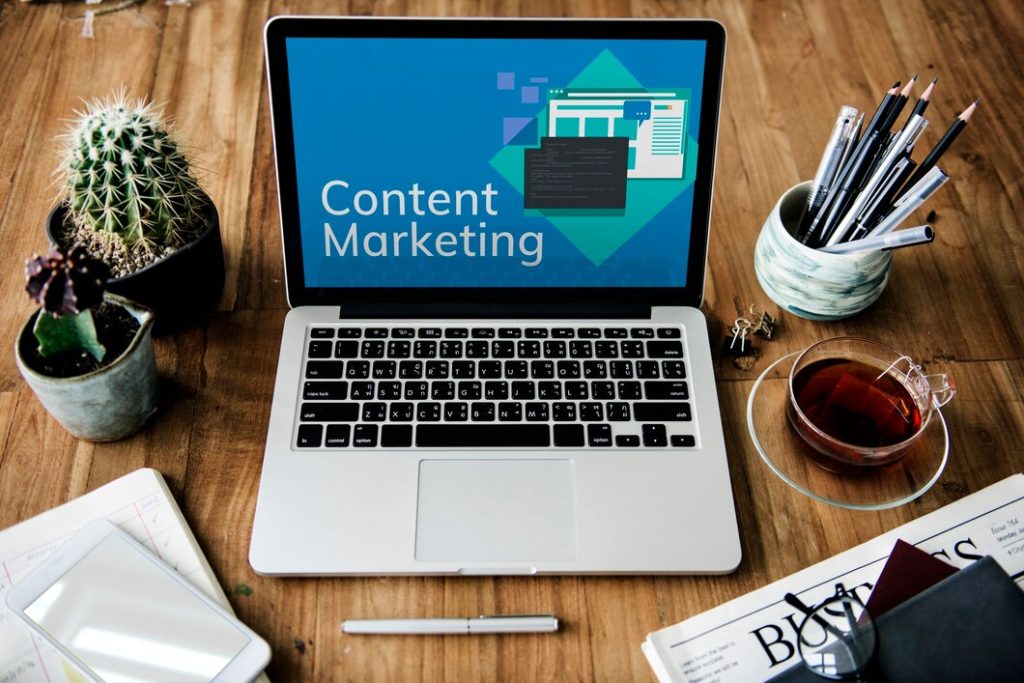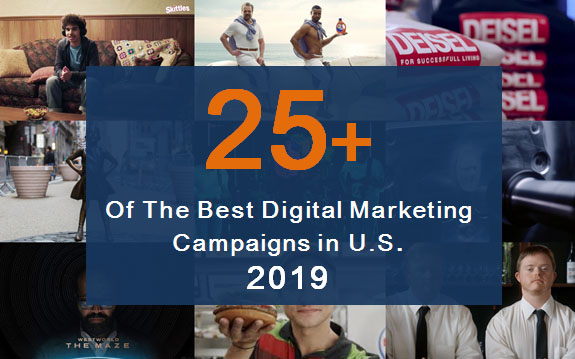8 Tips for Utilizing SEO Techniques in Content Marketing
Content Marketing | Feb 05, 2023
Search engine optimization (SEO) is an important tool for content marketers. It helps them to generate more organic traffic to their websites and increase visibility in search engine result pages. By utilizing SEO techniques, content marketers can create content that will reach a wider audience, attract more potential customers, and drive better conversions.
To help you get the most out of your content, thebestessays.net skilled authors have compiled a list of 8 essential SEO techniques that will allow you to maximize your impact and optimize your writing.
Whether you’re new to SEO or have been using it for a while, these tips can help improve your success rate with content marketing campaigns.
SEO Techniques to Improve Your Sucess Rate:
Research your keywords
Before you start writing any content for your website, it’s important to research relevant keywords that people are searching for related to your topic. Identify the best keywords and phrases you can use in your content to rank higher in organic search engine results pages (SERPs).
Use tools like SEMRush or Google Keyword Planner to find the most relevant and popular keywords related to your industry or niche. Once you have a list of keywords, you can begin creating content around these topics, incorporating them naturally into the text without overstuffing the page with keyword phrases.

Focus on quality content
Creating quality content is essential for SEO purposes. Search engines prioritize high-quality content that provides useful information, is well-written, and easy to understand. To ensure that your content meets these criteria, take time to conduct thorough research before getting started and involve subject matter experts when necessary.
Additionally, provide clear headings and subheadings throughout the document as well as relevant images and visuals where appropriate. Once completed, check for errors and inconsistencies by running the article through an editing software program such as Grammarly or Hemingway Editor.
Optimize page titles & meta descriptions
Every page of your website should include its own unique title tag and meta description in order to rank well in SERPs – including category pages, product pages, or blog posts. Be sure to include primary keyword phrases within both the title tag and meta description, but avoid keyword stuffing or using too many words in either element – aim for 65 characters or less for titles and 150 characters or less for meta descriptions.
This will help improve click-through rates from SERPs as users are able to quickly identify what your website is about from just reading the title tag and meta description alone.
Utilize internal linking
Linking between pages on your website helps search engines understand how all of the pages on your site are connected together – which makes it easier for them to crawl & index all of the pages correctly & accurately.
Also, internal linking also helps direct visitors on what other interesting pieces of information they may discover on other parts of the website. When possible try adding keyword-rich anchor text within links in order to increase relevance signals sent by search engines that the page is related to certain topics & keywords being searched by users online.
Create unique content for each page
When creating multiple pages around one topic – such as a series of blog articles – make sure each page has something new & unique compared with other existing pieces of content available online already. Uniqueness ensures that each page stands alone from others so search engines don’t flag it as duplicate content – which would result in lower rankings & visibility overall in SERPS.
To help ensure each piece of content is truly unique try adding additional facts or statistics not previously mentioned elsewhere online about that particular topic – or even opinions from knowledgeable industry experts who specialize in said field.

Speed up load times
One way SEO techniques help improve user experience is by making sure web pages load quickly – no one likes waiting more than a few seconds for a web page to load! Make sure images are compressed appropriately so they don’t slow down loading times too much – depending on how many images are present on a given page it may be better off hosting them externally instead through services like Cloudinary.
Consider reducing CSS/JS file sizes if they’re particularly large so browsers won’t have to wait long times before rendering them properly onto a webpage. Also, look into using browser caching technologies like Varnish Cache if needed along with server-level optimizations such as Nginx’s gzip compression option enabled properly across all web pages served up by the server.
Lastly, Google’s AMP technology can also be implemented onto certain blog post article types if needed further speed up loading times drastically while still maintaining mobile compatibility across all devices!
Leverage social media platforms
The vast majority of online audiences today are active on some form of social media platform whether it be Facebook Twitter Instagram etc. . Connecting with these audiences allows you to expand reach even further beyond organic search traffic alone plus also allows creating relationships with customers thereby creating potential opportunities for future sales conversions.
So make sure to set up official business profiles across different platforms and take advantage of all features provided by the service itself. You can even use specific hashtags to drive attention toward particular promotional events.
Optimize images properly
Images are an important part of content marketing and search engine optimization. Properly optimized images can help increase the visibility of your website or blog in search results. Utilizing proper image file names, alt tags and descriptions can go a long way in helping you rank higher in search engine results pages (SERPs).
Making sure to keep image sizes small to reduce loading time on your site is also important for SEO. This will ensure users have a positive experience when visiting your website or blog, as well as keep them engaged longer which helps with rankings. Ultimately, optimizing images properly is an essential step in a successful content marketing and SEO strategy.
By following these 8 tips, you should be able to utilize SEO techniques more effectively in your content marketing efforts and boost your online visibility even further. Not only will this help drive more organic traffic to your website but also improve the overall user experience for those visiting.





